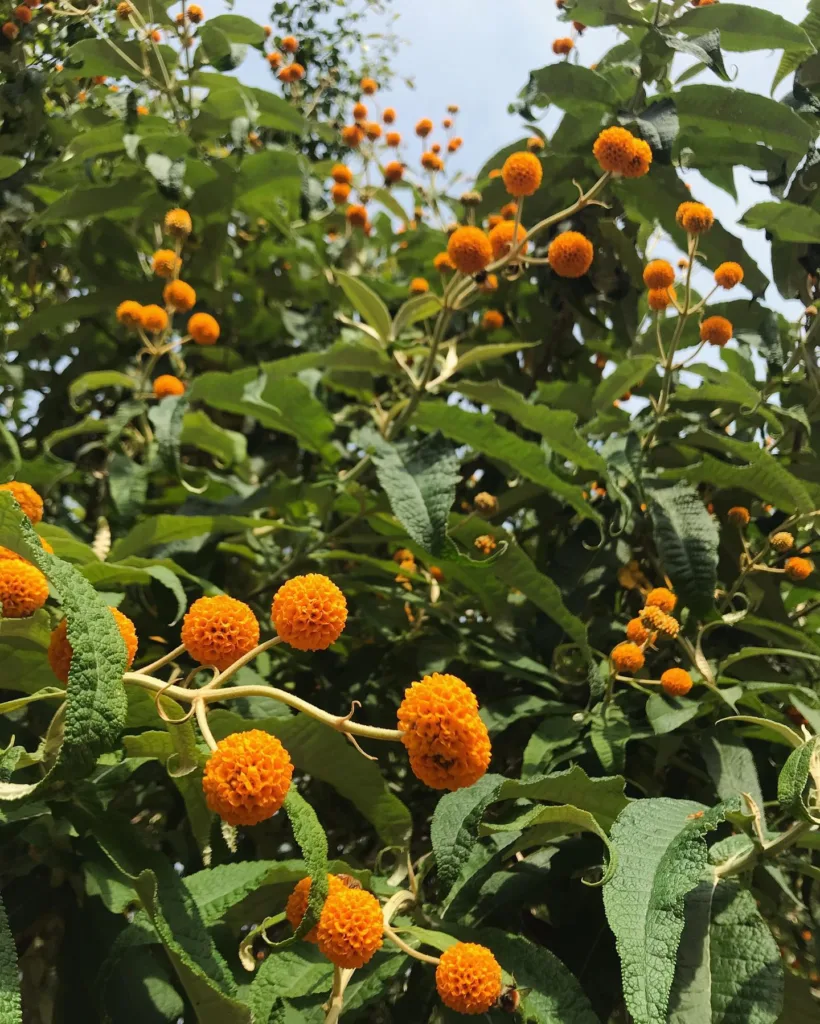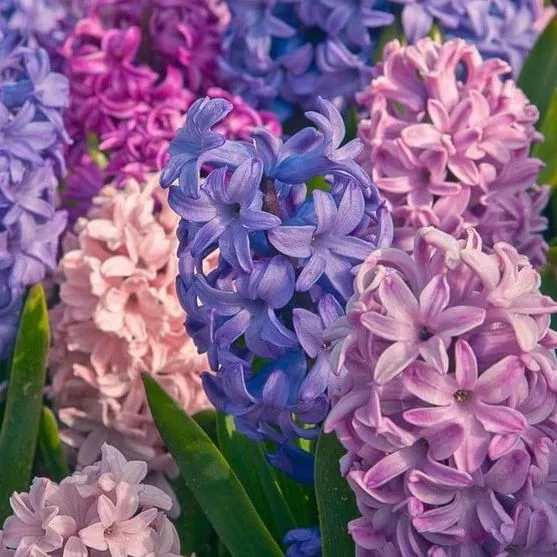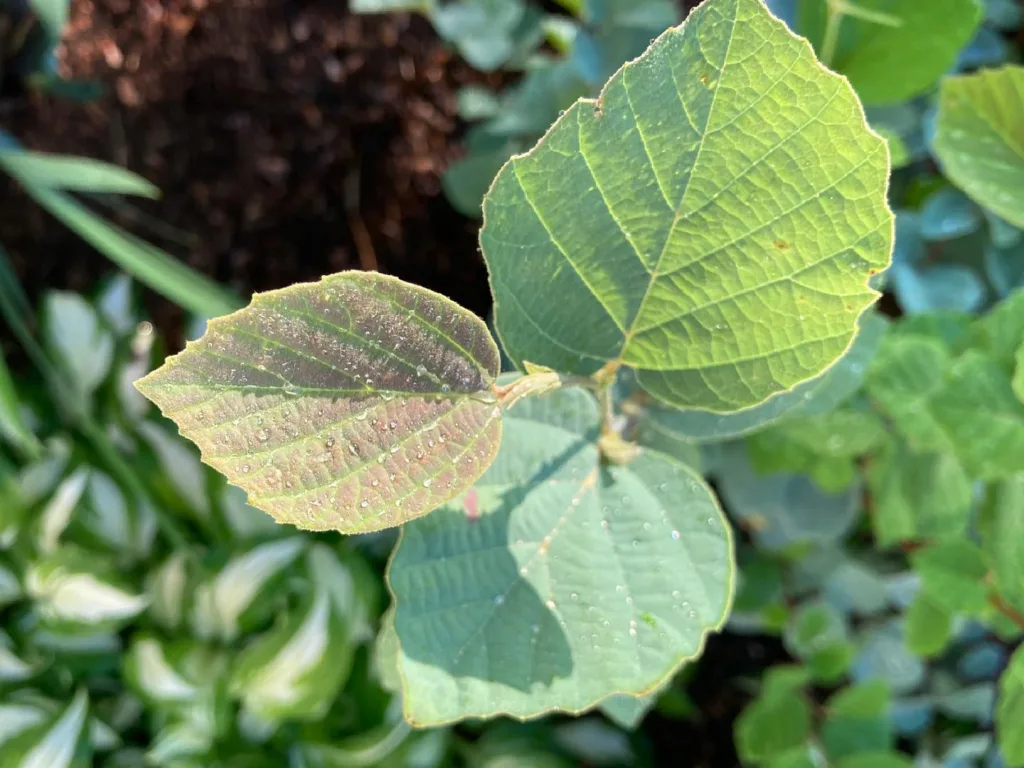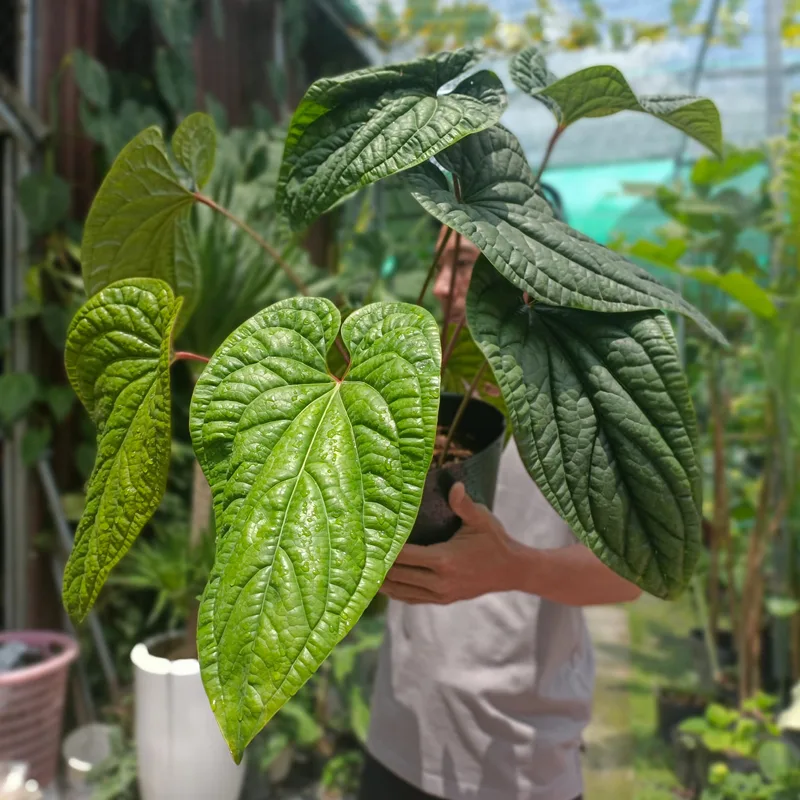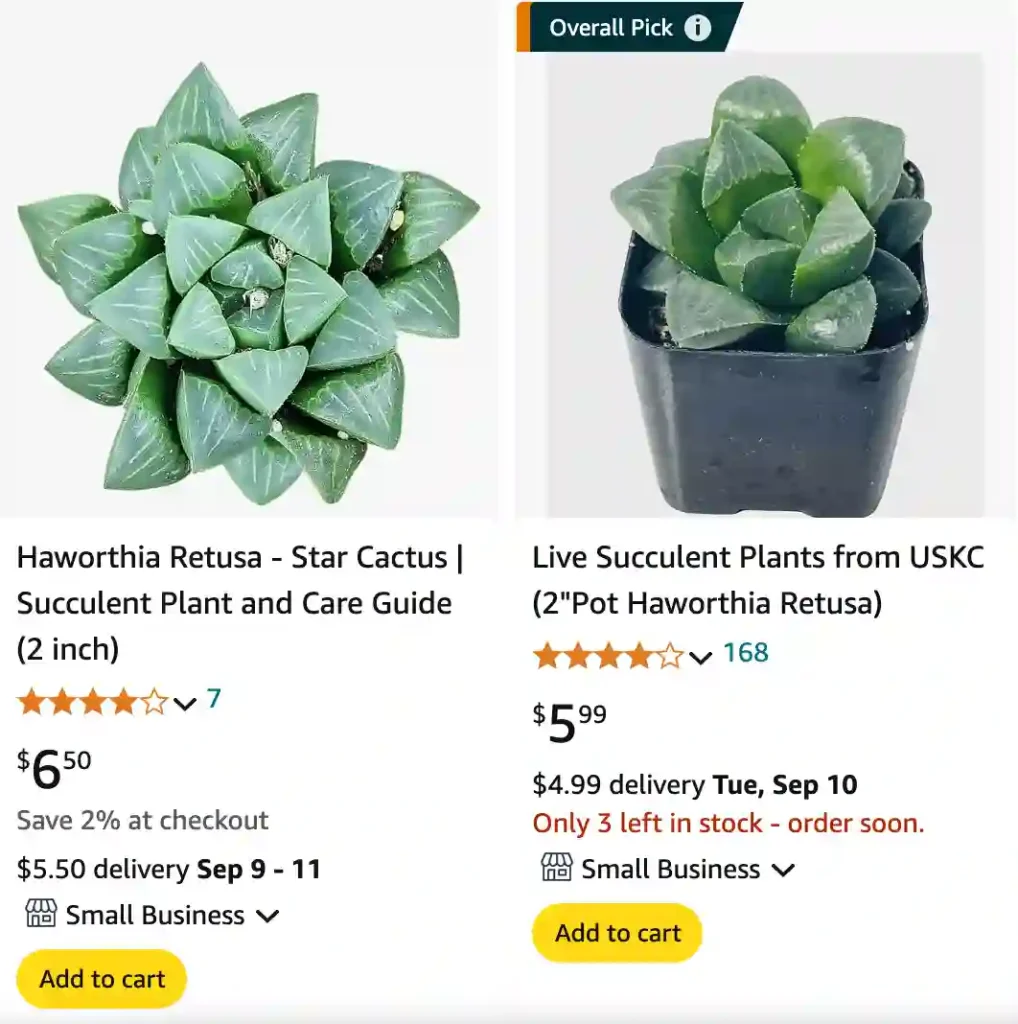
What Is Haworthia Retusa?
Haworthia Retusa is a fascinating succulent from the Asphodelaceae family, native to South Africa. Its distinctive appearance features small, translucent, and greenish leaves that form a rosette shape. This plant’s unique look, with its almost geometric leaf arrangement, makes it a standout among succulents. It’s often appreciated for its ability to thrive in various conditions, adding to its appeal for both novice and experienced gardeners.
59 Species in Genus Haworthia
How to Care for Haworthia Retusa?
Caring for Haworthia Retusa is relatively straightforward, making it a great choice for those new to succulents or those who want a low-maintenance plant. Here are some essential tips for keeping your Haworthia Retusa healthy:
- Light Requirements: Haworthia Retusa thrives in bright, indirect light. Direct sunlight can cause the leaves to scorch, so it’s best to place it in a spot where it receives filtered light or light from a south or east-facing window.
- Soil: Use a well-draining succulent or cactus mix. You can also create your own by mixing potting soil with sand or perlite to ensure proper drainage.
- Watering: One of the most common questions about Haworthia Retusa is how often to water it. This succulent prefers to dry out completely between waterings. Typically, watering every 2-3 weeks during the growing season (spring and summer) is sufficient. In winter, reduce watering to once a month or less, as the plant goes dormant and requires less moisture.
- Temperature: Haworthia Retusa enjoys temperatures ranging from 60-80°F (15-27°C). It can tolerate cooler temperatures but should be protected from frost.
- Fertilization: Feed your Haworthia Retusa with a diluted cactus fertilizer once a month during the growing season. Avoid over-fertilizing, as this can lead to nutrient imbalances.
Is Haworthia Retusa Hard to Grow?
In my experience, Haworthia Retusa is not hard to grow at all. Its adaptability and low maintenance requirements make it a great choice for beginners. The plant’s tolerance for a range of light conditions and its resistance to pests add to its ease of care. However, like all plants, it does have specific needs that, if met, will ensure its thriving growth.
How to Propagate Haworthia Retusa?
Propagating Haworthia Retusa is relatively easy and can be done through offsets or leaf cuttings:
- Offsets: The most common method is to separate the offsets or pups that grow around the base of the plant. Gently remove the offsets, let them dry for a day or two, and then plant them in a new pot with succulent soil.
- Leaf Cuttings: Although less common for Haworthia Retusa, you can try leaf cuttings. Carefully twist a healthy leaf from the plant, let it dry for a few days to form a callus, and then place it in soil. Keep it in a warm, bright location and mist lightly until roots form.
What to Plant With Haworthia Retusa?
Haworthia Retusa pairs well with other succulents and cacti in mixed arrangements. Consider planting it alongside other low-maintenance succulents like Echeveria, Aloe Vera, or Crassula. These plants have similar light and soil requirements, creating a harmonious and visually appealing display.
Can You Grow Haworthia Retusa Indoors?
Yes, Haworthia Retusa is well-suited for indoor environments. It thrives in bright, indirect light, making it perfect for windowsills or desks. Just ensure it’s not placed in direct sunlight, which can lead to leaf burn. Indoor growing also allows for better control of temperature and humidity, which helps maintain the plant’s health.
Is Haworthia Retusa Toxic?
Haworthia Retusa is non-toxic to humans and pets, making it a safe choice for households with curious pets or children. This aspect adds to its appeal, as you can enjoy its beauty without worrying about potential harm.
Benefits of Haworthia Retusa
The benefits of Haworthia Retusa extend beyond its visual appeal. Its compact size and slow growth make it ideal for small spaces. Additionally, it’s an excellent air purifier, helping to improve indoor air quality. Its low maintenance needs also make it a great choice for busy individuals.
Common Problems with Haworthia Retusa
Despite its hardiness, Haworthia Retusa can face some issues:
- Overwatering: This is the most common problem. Symptoms include yellowing leaves and root rot. Ensure the plant’s soil dries out completely between waterings.
- Pest Infestations: While rare, Haworthia Retusa can be susceptible to pests like mealybugs and spider mites. Regularly inspect your plant and treat any infestations promptly.
Comparing Haworthia Retusa with Similar Plants
Haworthia Retusa is often compared to Haworthia Fasciata and Haworthia Attenuata, which share a similar rosette structure but differ in leaf texture and color. Haworthia Fasciata has more pronounced stripes on its leaves, while Haworthia Attenuata has a more elongated leaf shape.
In summary, Haworthia Retusa is a delightful and manageable succulent that can enhance any indoor or outdoor space with its unique appearance and ease of care. Whether you’re a seasoned gardener or just starting out, this plant is a great addition to your collection.
If i die, water my plants!
